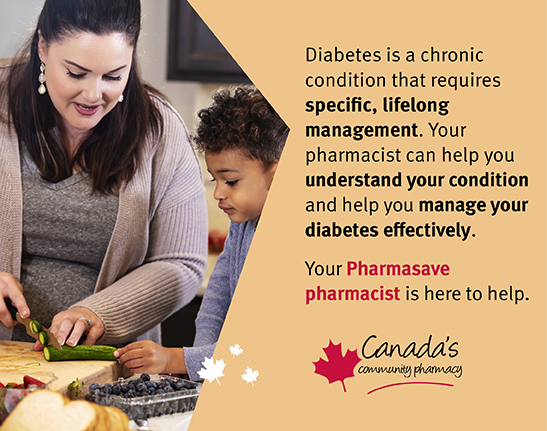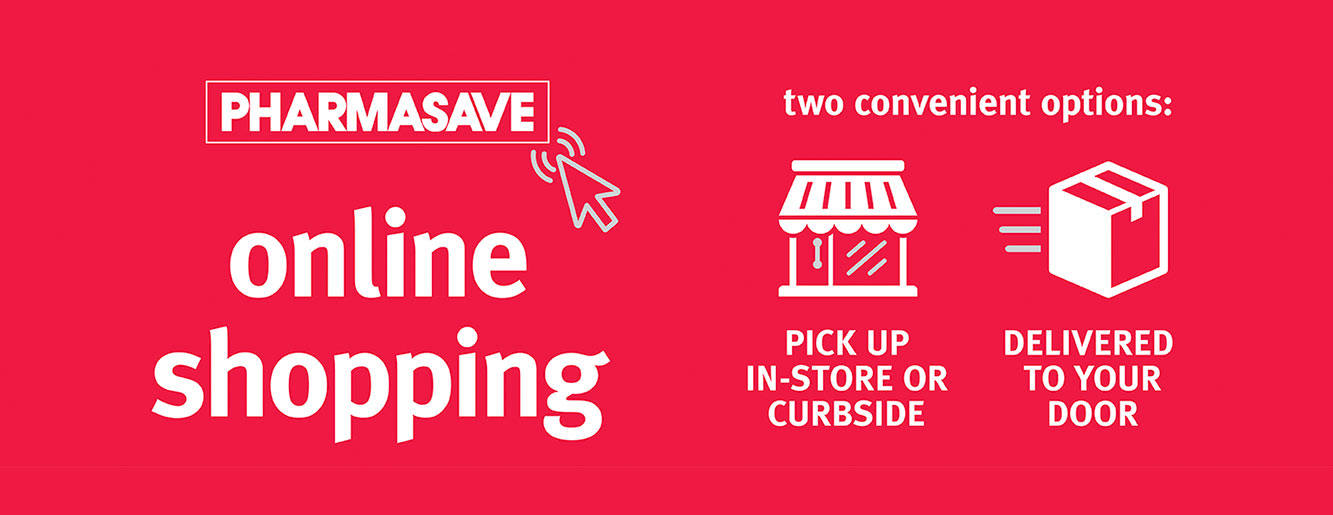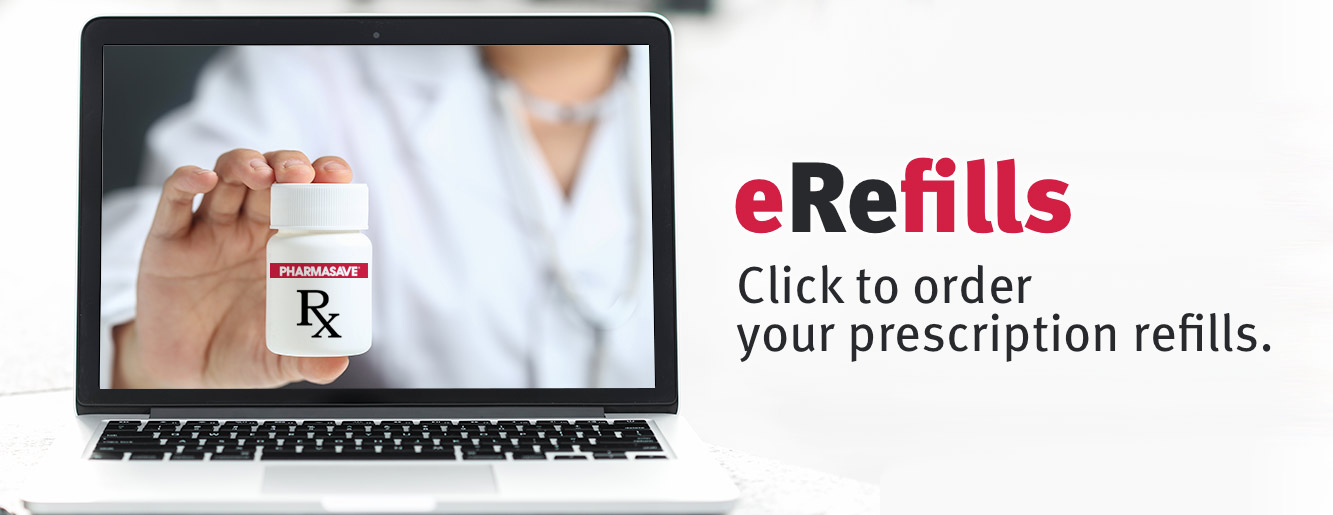
November – Diabetes
Diabetes and Healthy Living
How to take care of yourself when you are sick
When you are sick, it may be challenging to keep your blood glucose under control, as vomiting, nausea, stress hormones, and changes in eating may affect your blood sugar level. The best way to manage your diabetes when you are sick is to have a sick day plan created ahead of time. It is important to discuss a sick day plan with your doctor or health care team so you can be prepared and know what to do when you are sick.
When you are sick, make sure you check your blood sugar regularly, every 2 to 4 hours, even overnight, until levels are back in the target range. In the meantime, drink plenty of sugar-free fluids (250 mL or 1 cup every hour) to prevent dehydration. Eat well-tolerated foods, like crackers, soups, and applesauce, to prevent low blood sugar (hypoglycemia). If you can’t tolerate these foods, you need to drink fluids that contain glucose and electrolytes (fruit juice, sports drinks, etc.). You should try to consume 15 grams of carbohydrates every hour. Examples of well-tolerated food that contain about 15 g of carbohydrates include 1 slice of dry toast, 6 to 7 soda crackers, 1 popsicle, or ½ cup of fruit juice.
If you are using insulin, use it as prescribed, but you may need to increase your dose as discussed with your health care team in advance. If you have high blood sugar, test for ketones, a chemical your body produces when there is too much sugar in your blood. Most diabetes medication should be taken as prescribed as your blood sugar rises when you are sick, but some oral medications may need to be stopped if you are unable to drink enough fluid to stay hydrated. Ask your doctor or health care team if any of your medications need to be stopped when you are sick. Do not start on over-the-counter medications on your own, as many medications may affect your blood sugar level. Talk to your pharmacist to see what over-the-counter medications are safe for you.
You should call your physician or primary health care provider if you have:
- blood sugar levels that stay higher than the sick day level your doctor has set for you
- a blood sugar level that remains low (less than 4 mmol/L)
- trouble keeping liquids or solids down
- a fever above 38.3°C (101°F)
- diarrhea or vomiting for more than 6 hours
- symptoms such as confusion, drowsiness, shortness of breath, or sweet-smelling breath
- signs of dehydration
- moderate to large amounts of ketones in the urine
Get plenty of rest. If you need to use a cough or cold medication, be sure to ask your pharmacist to help you make the best choice. Always let your family or friends know you are sick, and ask them to stay with you or check on you while you are managing your sick day.
Diabetes and weight management
About 80% to 90% of people with type 2 diabetes are also overweight or obese. These two diseases go hand in hand, as excess body fat can contribute to the cause of diabetes: insulin resistance, a situation where the body makes insulin but the tissues cannot use it properly to help take in blood sugar.
The good news is that if you are overweight or obese, even a modest weight loss (5–10% of your body weight) can improve your control of type 2 diabetes. Weight loss can have a positive influence on blood sugar levels, delay the progression of the disease, and even reduce the risk of complications.
To find out if you are overweight or obese, you need to know your body mass index (BMI), a measurement of your weight in proportion to your height. For most adults, if your BMI is between 25 kg/m² and 29.9 kg/m², you are overweight; if your BMI is over 30 kg/m², you are considered obese. You may use another measurement called waist circumference (WC), a measurement around your waist just above the hip bone, to assess if you are overweight or obese. Your WC goal may vary depending on your ethnic background, but in general, a healthy WC is less than 88 cm (35 inches) for women and less than 102 cm (40 inches) for men. Visit the Heart and Stroke Foundation website for tips on how to measure your WC accurately.
When it comes to losing weight, slow and steady wins the race! Your plan should include elements of a healthy diet as well as increased physical activity that you will stick with. Aim for a gradual loss of no more than about 500 grams to 1 kilogram (1 to 2 pounds) per week. Achieving a healthy weight through a healthy diet and an active lifestyle decreases the risk of complications and promotes a general feeling of well-being.
If you are not sure where to start, there are many health care providers who can help you. Ask your doctor, pharmacist, registered dietitian, or diabetes educator for help and support.
Here are some helpful tips to manage your weight.
- Incorporate exercise into your day. Burning energy through exercise means you can achieve weight loss without having to cut your calorie consumption as drastically. Regular exercise can also help you to control your diabetes and improve your heart and lung function. There are two main exercise types you should focus on: aerobic and resistance.
- Aerobic exercise is rhythmic, repeated, continuous movement of large muscle groups, and should be done for at least 10 minutes at a time. Things like biking, swimming, dancing, walking, and jogging are all considered aerobic exercises. Gradually increase the intensity and the amount of time you exercise until you reach the goal of at least 150 minutes of moderate- to vigorous-intensity aerobic exercise per week.
- Resistance exercises involve the use of weights, resistance bands, or your own body weight to increase muscle strength. Gradually increase the weight and amount of time you do resistance training to 2 or more sessions per week. Choose exercises you enjoy and keep the weight off!
Remember, before beginning any exercise program more vigorous than walking, you should talk to your doctor to see if that exercise program is safe for you.
- Eat regular meals and choose appropriate portions. It’s important to make sure you are getting all the nutrients, vitamins, and minerals you need. Pay attention to ensure you include each food group, and remember to check your portion size. When in doubt, refer to Canada’s Food Guide. Remember, consuming 500 calories less than you burn per day will result in a 0.5 kg (1 pound) weight loss per week.
- Choose healthy beverages. Avoid pop, sweetened juice, or alcohol that can add unwanted sugars (and calories). Instead, drink plenty of water to satisfy your thirst and keep hydrated.
Include plans for maintenance. Your plan should help you form the habits you need to keep the weight off. Remember, healthy eating and exercise are a way of life, not just a 2-week plan. You may find it helpful to join a structured exercise program or cooking group to help motivate you with these changes.
Diabetes and travel tips
Vacations are supposed to be a time to relax. But you may feel overwhelmed when you think about carrying all the diabetes supplies with you while traveling. Don’t let diabetes spoil your trip!
The key is to be prepared and plan ahead. You may want to discuss your travel plan and itinerary with your doctor or your pharmacist: ask for a list of medications (printed both in generic and brand names), update your travel vaccinations, and ask for a letter from the doctor outlining the need to carry your diabetes medications and supplies. This letter is important, as some airlines and countries may require such a letter for you to bring your diabetes supplies, including lancets and needles. Carrying documentation or identification (such as a MedicAlert bracelet) explaining your current medical condition may be helpful. You may also want to discuss any time zone changes with your health care teams, as it may affect your meal and medication schedule, especially if you are using insulin.
Create a packing list in advance. Divide and pack your diabetes medication and supplies in more than one of your bags. Don’t forget to pack some of your medications in your carry-on, in case of delay or lost luggage. If your diabetes management requires insulin, make sure to bring it with you on the plane as carry-on and not in your checked bag, as it could be exposed to extreme temperatures under the plane. It is important to pack extra medication or diabetes supplies in case of loss, theft, or trip plan change while you are away from home.
In addition to your diabetes medication, also pack for any likely travel ailments, such as indigestion, motion sickness, diarrhea, aches, and pain. Even though you are on vacation and away from your normal routine, it is important to continue with your physical activity. Don’t forget to pack your athletic gear, like gym clothes and comfortable running shoes.
If you are traveling by air, it may be helpful to review the Travel Canada and Canadian Air Transport Security Authority websites. The latest update will provide you with information on what is permitted in your carry-on or checked luggage. Give yourself enough time and arrive at the airport early in case your diabetes supplies are searched at the airport security. Drink plenty of fluids throughout your flight – opt for water rather than caffeine and alcohol, which can be dehydrating. Since hunger can hit at any time, also remember to pack your own healthy snacks. You don’t want your sugar to be too low (hypoglycemic). Great snacks include crackers, granola, trail mix, or dried fruit.
During the flight, take advantage of opportunities to stand up, stretch, and walk the aisles a bit. Simple seat-bound stretches help, too. Avoid crossing your legs – a prim crisscross may constrict blood flow in your legs. And wear comfy shoes, as the altitude can make your feet swell. Sticking with your regular snack, meal, and medication schedule while flying will help you to maintain good diabetes control while travelling.
Eating out when you have diabetes
Our busy lives often prevent us from preparing food at home. Whether you are eating out with friends at a restaurant or getting your lunch from a take-out counter in the food court, it is important to make healthy choices. Many restaurants have healthy alternatives and often provide the nutrition information. Review the menus ahead of time to plan your healthy meal.
Here are some tips for eating out:
- Time it right. Consistent meal times make it much easier to keep your blood glucose levels balanced. For this reason, you should set the time for meeting up for meals. Be sure to factor in timing for taking insulin or medications, and how wait times at restaurants may affect your routine.
- Come prepared. Bring along any testing supplies, snacks, or medications you might need. You might also want to stash packets of your favourite sweetener in your wallet or purse.
- Ask your server. Speak up and ask questions if you are unsure about a menu item’s ingredients or portion size. You can also ask for low-calorie menu items to meet your special needs.
- Always mind portions sizes. Often restaurants serve larger portion sizes than what you are used to at home. Remember to stop eating when you are full and ask for a take-out container to bring the extra food home. Alternatively, you can order smaller dishes (half portions) or share a dish with a friend. Make sure you stay away from “all-you-can” eat buffets for better portion control!
- Skim off the fat. Order lean cuts of meat cooked in ways that do not boost fat content. Go for items that are grilled, baked, broiled, or steamed instead of fried. Ask for your dressings, sauces, or gravies on the side so you can use them sparingly to control the portions. Ask if you can substitute a salad or another healthy option for French fries. If you can, order lower-fat varieties of your favourite condiments or go for items that are naturally lower in fat, like lemon, mustard, vinegar, pepper, garlic, and onions.
- Go easy on the alcohol. Alcohol should be consumed in moderation. If your health care provider gives you the go-ahead to drink alcohol, select spirits that are lower in carbohydrates and calories, such as light beers and dry wines.
- Save room for dessert. You don’t always have to skip your dessert. You just need to plan ahead. If you are thinking of getting a dessert, reduce the amount of carbohydrates in your meal (bread, potatoes, rice, etc.), as sweets count as carbohydrates and can raise your blood sugar quickly.
Ask Your Pharmacist
Question: What happens to my sugar levels when I’m sick and what should I do?
Answer: While the cold, flu and COVID-19 viruses are circulating in the community, you could possibly get sick and it may affect your sugar levels causing them to become challenging to control. The best way to manage your diabetes while you’re sick is to have a plan to be prepared. Some considerations include checking your blood sugar levels regularly, every 2 to 4 hours, even overnight, drink plenty of fluids to prevent dehydration, and eat foods that prevent low blood sugar (hypoglycemia). Speak to your pharmacist or healthcare provider to discuss your sick day plan. If you take insulin, you may need to adjust your insulin dose while you are sick, but ensure you speak to your healthcare provider about it first.
Have more questions? Speak to your Pharmasave pharmacist today.
Health Tip
As the weather gets colder, you may notice that your skin is getting drier as well. This may cause some irritation and possibly flareups for people with eczema. Consider using a humidifier in the house especially when the heat is on, moisturizing frequently and limit shower time and temperature to help your skin. Your pharmacist is a great source and can recommend tips to help you manage your skin during the winter months.
All material © 1996-2013 MediResource Inc. Terms and conditions of use. The contents herein are for informational purposes only. Always seek the advice of your physician or other qualified health provider with any questions you may have regarding a medical condition.



